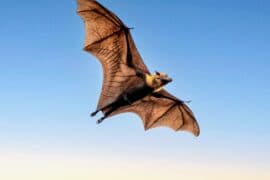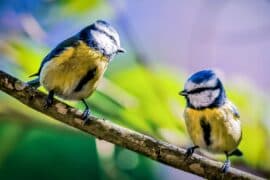Sri Lanka blue magpie
(Urocissa ornata)

Description
The Sri Lanka blue magpie or Ceylon magpie (Urocissa ornata) is a brightly coloured member of the family Corvidae, found exclusively in Sri Lanka. This species is adapted to hunting in the dense canopy, where it is highly active and nimble. Its flight is rather weak, though, and is rarely used to cover great distances. In spite of the Sri Lanka blue magpie's ability to adapt to the presence of humans, it is classified as vulnerable to extinction due to the fragmentation and destruction of its habitat of dense primary forest in the wet zone of southern Sri Lanka. The Sri Lanka blue magpie measures 42–47 cm in length, and is larger than a mynah, but smaller than a crow, with a sturdy bill. Its plumage is bright blue, with a reddish-brown or chestnut head, neck, and wing. The blue tail is long and graduated, with a white tip. The bill, legs, feet, and featherless eye ring of this species are all vibrant red. Both the male and female of the species share this description. The juvenile of this species has a plumage similar to that of an adult, but overall duller, with a brown eye ring and a greyish hue to its blue feathers, especially on its underside. Moulting season for Sri Lanka blue magpies is from August to November. The Sri Lanka blue magpie is a member of the order Passeriformes, in the family Corvidae. This species belongs to Urocissa, a genus of Southeast Asian magpies, of which there are 5 known species total. They share a recent common ancestor with another genus of Asian magpies, Cissa. Both Urocissa and Cissa are genera of the Oriental region, where the diversity of corvid species originated. They share a distant common ancestor with new world jays and magpies. This species is endemic to Sri Lanka, where it is found in tall, undisturbed forest in the mountains, foothills, and adjoining lowlands of the wet zone. It is found from elevations of below 150 to 2150 m. It is not often seen in disturbed habitat such as gardens or plantations. Surveys conducted from 2004-2006 found individuals of this species in 38 separate forest patches contained within six forest complexes within its range in the wet zone of southern Sri Lanka. In spite of their avoidance of human-disturbed habitats, the Sri Lanka blue magpie tolerates and is even attracted to the presence of humans. In response to low and moderate levels of recreational disturbance, and small to medium-sized groups of human visitors, numbers of Sri Lanka blue magpies increased, unlike other birds.
Taxonomic tree:







